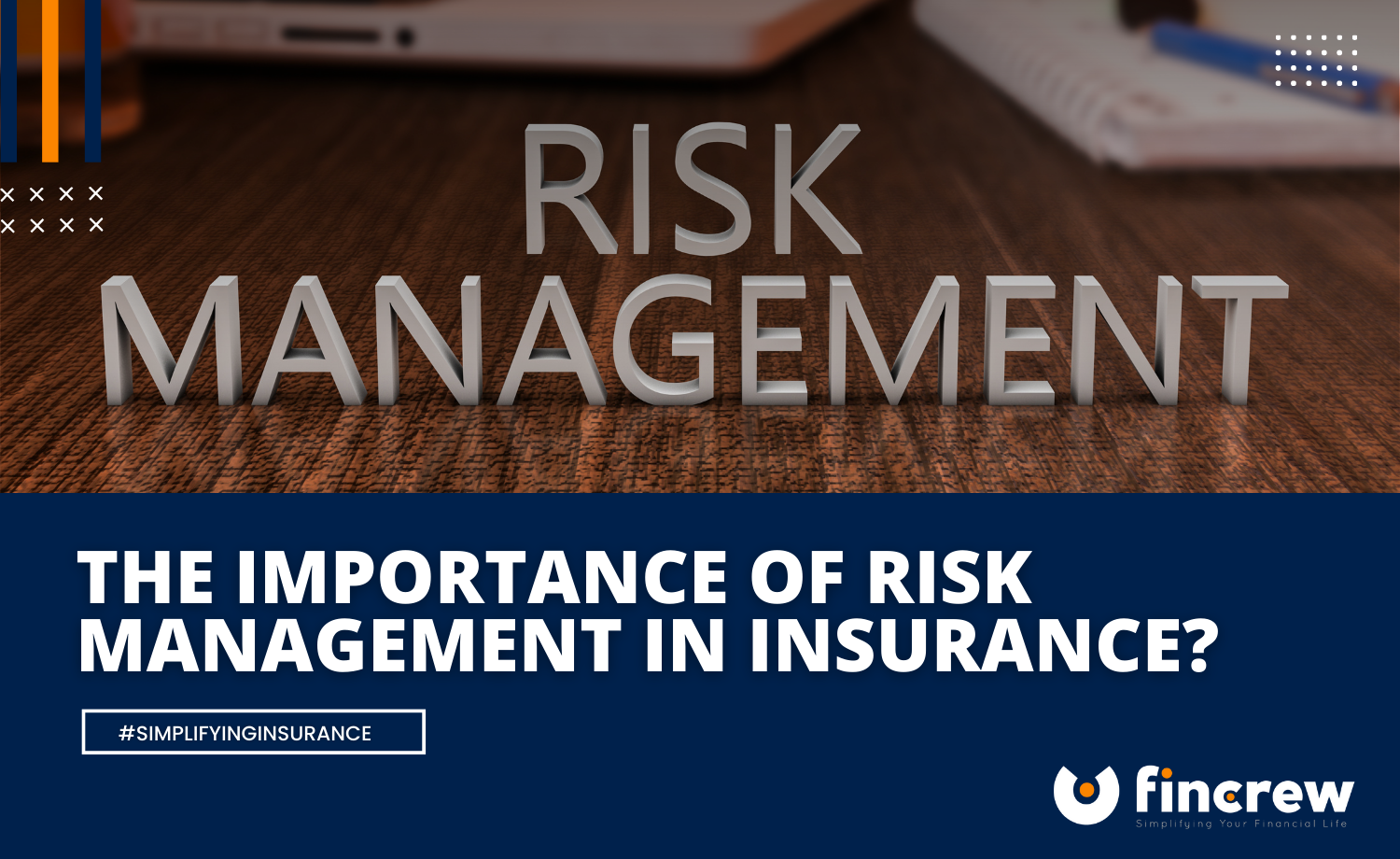Exploring the Expanding Importance of Risk Management in Corporate Strategy
Exploring the Expanding Importance of Risk Management in Corporate Strategy
Blog Article
Checking out the Significance of Risk Management for Effective Decision-Making Methods
In the elaborate globe of organization, Risk Management emerges as a vital aspect in the decision-making process. The capacity to determine prospective hazards and possibilities, and strategize accordingly, can spell the difference in between success and failing.
Recognizing the Concept of Risk Management
Risk Management, a vital component in decision-making, is often misinterpreted or oversimplified. Risk Management entails self-displined and organized approaches, using data and insightful analyses. From financial uncertainties, legal liabilities, critical Management mistakes, to accidents and natural disasters, it addresses different threats - importance of risk management.
The Function of Risk Management in Decision-Making Processes
In the realm of strategic preparation and service procedures, Risk Management plays an integral duty in decision-making procedures. Risk Management therefore ends up being an important tool in decision-making, aiding leaders to make enlightened options based on a detailed understanding of the dangers involved. Risk Management offers as a vital element in the decision-making procedures of any kind of company.

Exactly How Risk Management Improves Strategic Preparation
In the context of tactical planning, Risk Management plays a critical duty. Initiating with the identification of potential threats, it even more encompasses the implementation of Risk mitigation procedures. The duty of Risk Management is not static yet vibrant, as it requires consistent surveillance and adjusting of approaches.
Identifying Possible Dangers

Implementing Risk Mitigation
Having actually developed the significance of identifying prospective threats, the following step is to explore Risk reduction. This process includes creating and applying techniques to take care of identified risks properly. It is a vital aspect of calculated preparation as it enhances decision-making by decreasing potential negative results. Risk reduction methods can vary from Risk evasion, Risk transfer, to take the chance of reduction. Each method should be customized to the details Risk, considering its potential influence and the company's Risk resistance. Reliable Risk reduction needs a deep understanding of the Risk landscape and the potential effect of each Risk. This understanding makes it possible for organizations to prioritize threats and allot resources efficiently, making certain that the most significant hazards are resolved first.
Tracking and Adjusting Approaches
Though next page Risk reduction is a crucial action in tactical planning, continuous monitoring and adjustment of these techniques is equally essential. It likewise offers a possibility to evaluate the success of the Risk Management procedures, enabling modifications to be made where needed, more improving calculated preparation. Surveillance and changing Risk Management strategies is a crucial component for improving an organization's resilience and strategic planning.
Case Studies: Successful Risk Management and Decision-Making
On the planet of business and financing, successful Risk Management and decision-making frequently function as the columns of flourishing ventures. One such entity is an international oil business that mitigated financial loss by hedging against rising and fall oil rates. In one more instance, a tech start-up prospered by determining and accepting high-risk, high-reward techniques in an unpredictable market. A worldwide financial institution, encountered with regulatory uncertainties, effectively navigated the scenario via aggressive Risk analysis and dynamic decision-making. These cases highlight the value of sharp Risk Management in decision-making processes. It is not the absence of Risk, but the Management of it, that usually distinguishes effective firms from not successful ones. These instances underscore the essential role of Risk Management in critical decision-making. importance of risk management.
Devices and Techniques for Effective Risk Management
These devices, such as Risk signs up and warmth maps, help in recognizing and analyzing possible threats. Risk feedback approaches, a key element of Risk Management, involve accepting, avoiding, transferring, or mitigating dangers. With these devices and methods, decision-makers can navigate the complex landscape of Risk Management, consequently helping with informed and right here effective decision-making.
Future Fads in Risk Management and Decision-Making Approaches
As we discover the huge landscape of Risk Management, it ends up being apparent that the strategies and tools used today will remain to progress. Future patterns point in the direction of an increased dependence on modern technology, with fabricated knowledge and device knowing playing significant duties. These innovations will make it possible for organizations to predict possible dangers with greater accuracy and make more enlightened decisions. Additionally, there will certainly be a growing focus on durability, not simply in handling risks yet additionally in recuperating from unfavorable scenarios. Finally, the principle of Risk culture, where every member of an organization understands and involved in Risk Management, will get much more prestige. These patterns herald a more comprehensive and positive technique towards Risk Management and decision-making.
Conclusion

Risk Management thus becomes a vital device in decision-making, assisting leaders to make educated choices based on a comprehensive understanding of the threats entailed. Risk reduction approaches can range from Risk evasion, Risk transfer, to risk decrease (importance of risk management). Efficient Risk reduction requires a deep understanding of the Risk landscape and the prospective impact of each Risk. Risk response strategies, a vital element of Risk Management, involve approving, avoiding, moving, or mitigating dangers. The concept of Risk culture, where every participant of a company is aware and entailed in Risk Management, will obtain a lot more prominence
Report this page